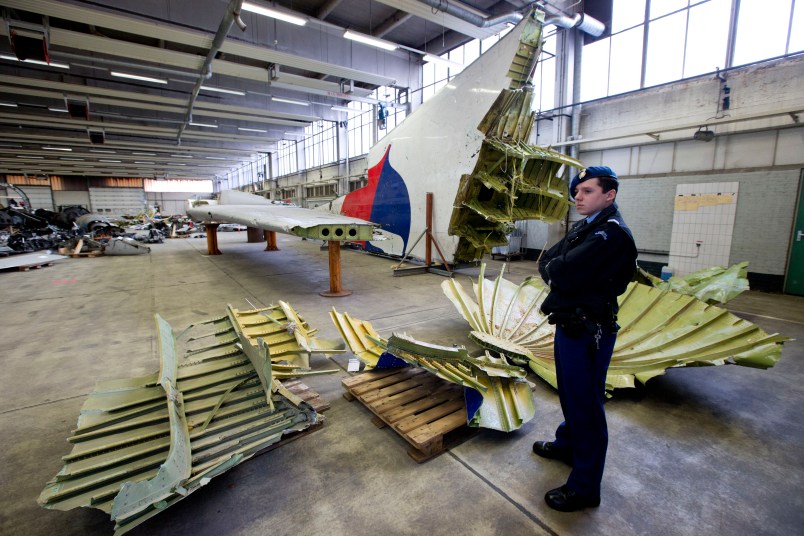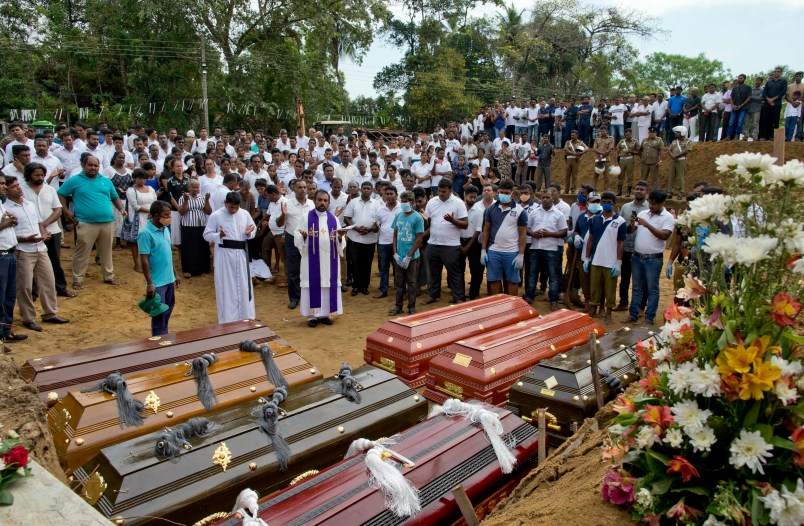MOSCOW (AP) — A Russian state-controlled missile-maker said Tuesday its investigation of last year’s crash of a Malaysia Airlines plane over rebel eastern Ukraine contradicts conclusions from a Dutch probe.
Ukraine and Western countries contend the airliner was downed by a missile fired by Russia-backed rebels or Russian forces from rebel-controlled territory on July 17, 2014, killing all 298 people aboard.
The Dutch investigation into the crash of flight MH17 is to be made public later Tuesday, but a draft report was presented to Russia and other governments in July.
A statement from the Almaz-Antey arms-maker said the Dutch draft found that the plane, a Boeing 777 belonging to Malaysia Airlines, was shot down by a Buk missile warhead that uses submunitions shaped like a capital letter I.
However, Almaz-Antey says it conducted two experiments — in one of which a Buk missile was detonated near the nose of an airplane similar to a 777 — that contradict that conclusion.
The experimental aircraft’s remains showed a much different submunitions damage pattern than seen on the remnants of MH17, the company said in a statement.
The experiments also refute what it said was the Dutch version, that the missile was fired from Snizhne, a village that was under rebel control. An Associated Press reporter saw a Buk missile system in that vicinity on the same day.
Almaz-Antey in June had said that a preliminary investigation suggested that the plane was downed by a model of Buk that is no longer in service with the Russian military but that was part of the Ukrainian military arsenal.
Information from the first experiment, in which a missile was fired at aluminum sheets mimicking an airliner’s fuselage, was presented to the Dutch investigators, but was not taken into account, Almaz-Antey chief Yan Novikov said at a news conference.
Novikov said evidence shows that if the plane was hit by a Buk, it was fired from the village of Zaroshenske, which Russia says was under Ukrainian government control at the time.
A U.S. official told The Associated Press that the draft report said the plane was destroyed by a Buk surface-to-air missile fired from the village of Snizhne; the official who was not authorized to comment publicly, spoke on condition of anonymity.
Many reports, including an investigation by the open-source group Bellingcat, also suggest the plane was downed by a missile fired from near Snizhne.
___
Associated Press writer Jim Heintz in Moscow contributed to this report.
Copyright 2015 The Associated Press. All rights reserved. This material may not be published, broadcast, rewritten or redistributed.









